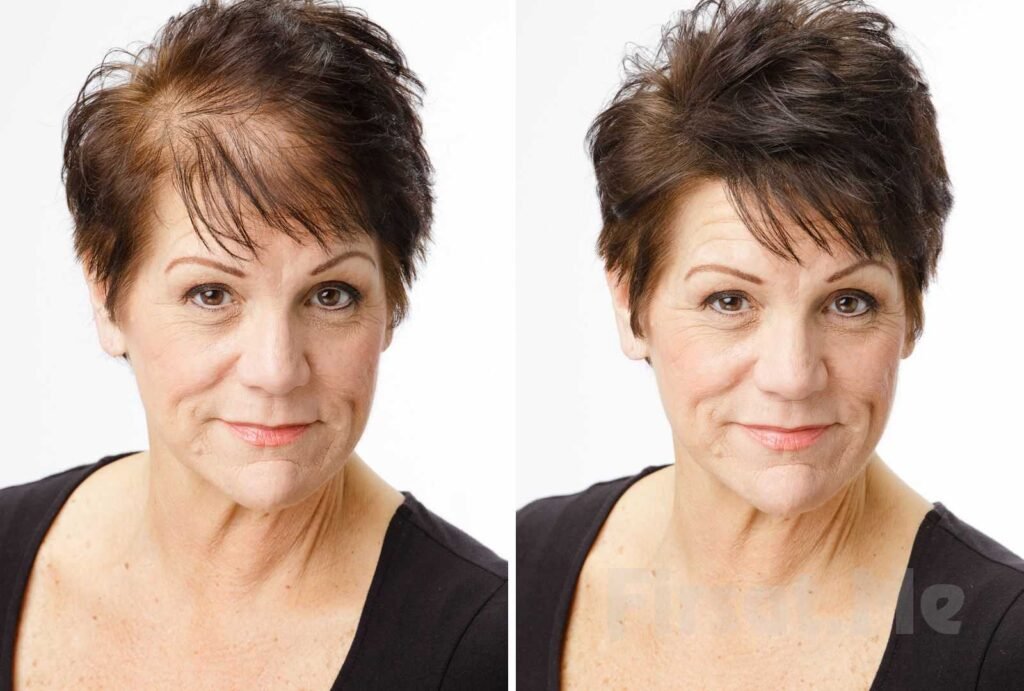The quest for a full, thick head of hair often leads individuals to consider treatments like a hair transplant turkey Istanbul. However, undergoing a medical procedure isn’t the only path to success. There are numerous non-surgical alternatives to hair transplants that can be effective, depending on the cause and severity of your hair loss. Let’s explore some of these options and their potential benefits.
FDA-Approved Medications
There are two key FDA-approved medications available for treating hair loss – Minoxidil (Rogaine) and Finasteride (Propecia). Over-the-counter Minoxidil comes as a liquid or foam applied to the scalp twice daily, promoting hair growth in both men and women. On the other hand, Finasteride is a prescription medication taken orally but is only approved for men. These drugs act by slowing down hair loss and, in some cases, stimulating new hair growth. Side effects are rare, but it’s important to discuss everything in detail with your doctor.
Natural and Alternative Therapies
While not everyone is the same, some individuals have found success in slowing down or reversing hair loss through natural treatments and alternative therapies. These can include lifestyle changes such as a healthier diet with vitamins and minerals important for hair health, like iron, vitamin D, B-vitamins, and zinc. Alternative therapies may involve acupuncture, scalp massages, aloe vera, coconut oil, fish oil, and onion juice, to name a few.
Laser Therapy
Low-level laser therapy is another non-surgical treatment for hair loss that is gaining popularity. The procedure involves exposing the scalp to low levels of light that purportedly stimulate hair follicles and encourage growth. While studies indicate that laser therapy can be effective, it’s best used in the early stages of thinning and not a permanent solution to hair loss.
Scalp Micropigmentation (SMP)
Scalp Micropigmentation is a non-invasive treatment that uses detailed micro-needles to deposit pigment into the scalp, just like a tattoo. The process creates the appearance of tiny hair follicles restoring the look of a fuller head of hair. The treatment is safe – with little to no downtime – and can be tailored to individual hair colour and style preference.
In conclusion, it’s important to remember that everyone’s hair loss journey and response to treatment are different. What works for one individual might not have the same effect on another; however, exploring non-surgical alternatives to hair transplants is a viable option worth considering. Always consult with a healthcare professional before starting any new treatment regime, and stay positive – with the rapid advancement in hair loss treatments, you can find a solution that works best for you!



